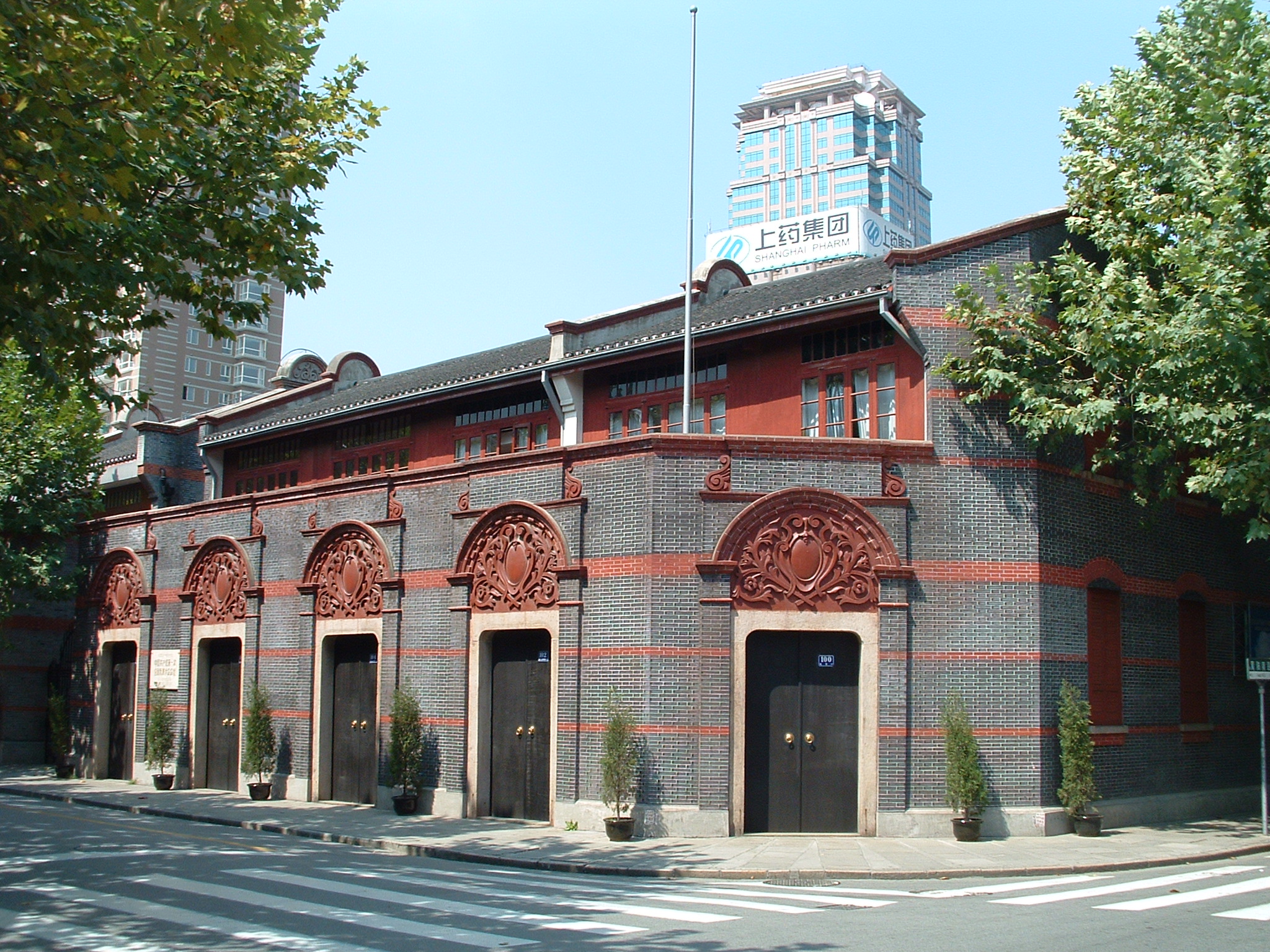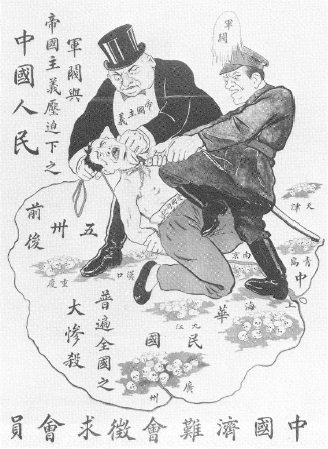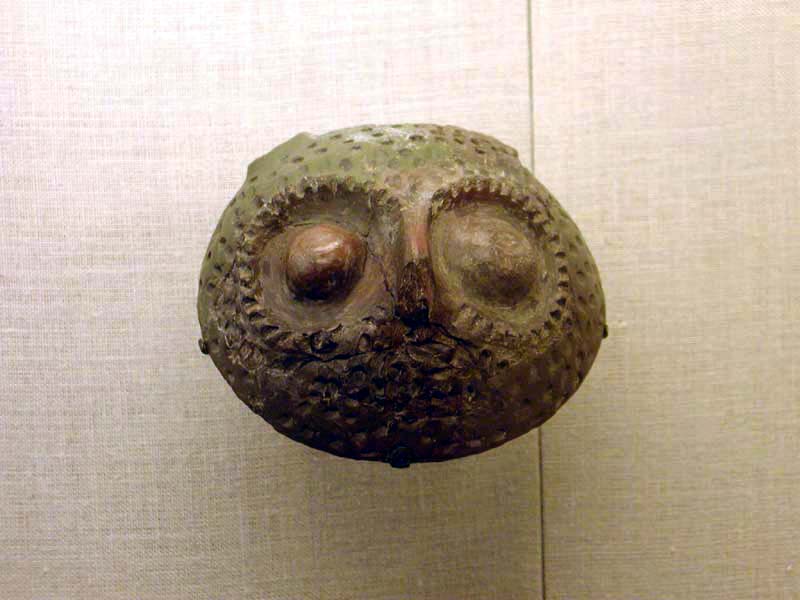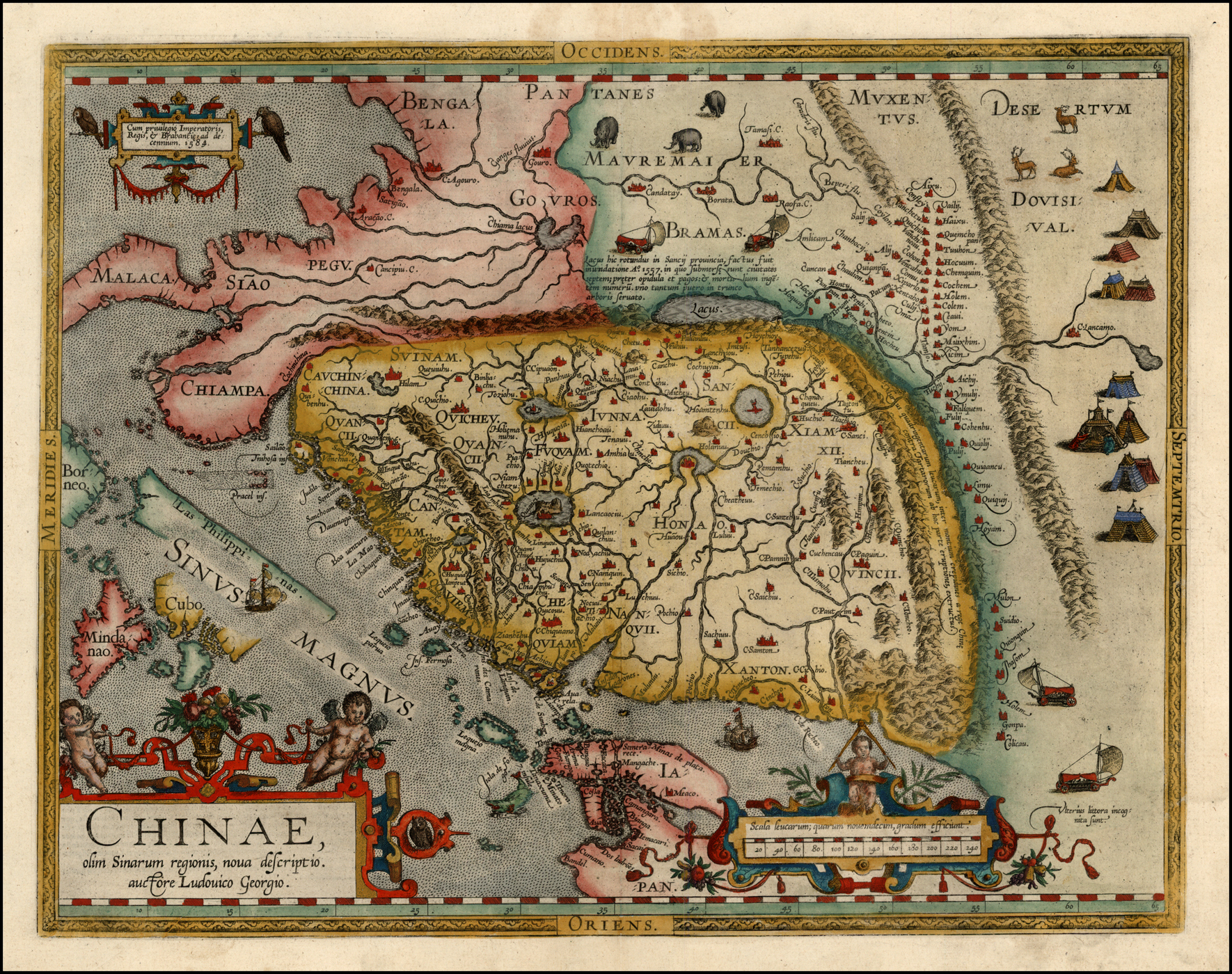|
Chen Yuandao
Chen Yuandao () (1902 – April 10, 1933) also called Yuandao (), was a member of the 28 Bolsheviks. He was born in Anhui Province. He was introduced by Yun Daiying into the Communist Party of China. He participated in the May Thirtieth Movement. After returning from his studies at Moscow Sun Yat-sen University in the Soviet Union, he was tasked with party activities in Jiangsu Province in 1929. In 1930, he went to Henan Province to organize party activities. In 1931, he was imprisoned in Beiping while organizing in Hebei Province, but rescued by fellow communists in 1932. But later on he was betrayed and reimprisoned in Nanjing before being executed by the Kuomintang The Kuomintang (KMT), also referred to as the Guomindang (GMD), the Nationalist Party of China (NPC) or the Chinese Nationalist Party (CNP), is a major political party in the Republic of China, initially on the Chinese mainland and in Tai .... References {{reflist 1902 births 1933 deaths Chinese communists ... [...More Info...] [...Related Items...] OR: [Wikipedia] [Google] [Baidu] |
28 Bolsheviks
The 28 (and a half) Bolsheviks (二十八个半布尔什维克) were a group of Chinese students who studied at the Moscow Sun Yat-sen University from the late 1920s until early 1935, also known as the "Returned Students". The university was founded in 1925 as a result of Kuomintang's founder Sun Yat-Sen's policy of alliance with the Soviet Union, and was named after him. The university had an important influence on modern Chinese history by educating many prominent Chinese political figures. The most famous of these were collectively called the 28 Bolsheviks. Members There are several rival lists of the 28. One lists 29 active members, including: Wang Ming and his wife Meng Qingshu (孟庆树); Bo Gu; Zhang Wentian; Wang Jiaxiang; Yang Shangkun; Chen Changhao with his wife Du Zuoxiang (杜作祥); Shen Zemin and his wife Zhang Qinqiu; Kai Feng; Xia Xi; He Zishu; Sheng Zhongliang; Wang Baoli (王宝礼); Wang Shengrong (王盛荣); Wang Yuncheng; Zhu Agen; Zhu Zishun ... [...More Info...] [...Related Items...] OR: [Wikipedia] [Google] [Baidu] |
Anhui
Anhui , (; formerly romanized as Anhwei) is a landlocked province of the People's Republic of China, part of the East China region. Its provincial capital and largest city is Hefei. The province is located across the basins of the Yangtze River and the Huai River, bordering Jiangsu to the east, Zhejiang to the southeast, Jiangxi to the south, Hubei to the southwest, Henan to the northwest, and Shandong for a short section in the north. With a population of 63.65 million, Anhui is the 8th most populous province in China. It is the 22nd largest Chinese province based on area, and the 12th most densely-populated region of all 34 Chinese provincial regions. Anhui's population is mostly composed of Han Chinese. Languages spoken within the province include Jianghuai Mandarin, Wu, Hui, Gan and small portion of Zhongyuan Mandarin Chinese. The name "Anhui" derives from the names of two cities: Anqing and Huizhou (now Huangshan City). The abbreviation for Anhui is "" after the h ... [...More Info...] [...Related Items...] OR: [Wikipedia] [Google] [Baidu] |
Yun Daiying
Yun Daiying (August 12, 1895 – April 29, 1931) was an early leader of the Chinese Communist Party. Early life In 1913, Yun Daiying entered the private Zhonghua University in Wuchang, and after graduation in 1918, he stayed there as an instructor. In 1919, he participated in the May Fourth Movement in Wuhan. In 1920, he founded the Socialist Youth League of China with Xiao Chunü and others, and in 1921, he joined the Chinese Communist Party as one of the first batch of party members. In 1923, he became an instructor at Shanghai University. In Shanghai, he became a leader of the Communist Youth League of China and the chief editor of the periodical ''China Youth'' from 1925 to 1927. Political career In 1924, he joined under orders the Kuomintang (First United Front), promoting cooperation between the Communist Party and the Kuomintang. In 1925, he led the May Thirtieth Movement in Shanghai. He went to the Whampoa Military Academy in Canton in 1926, where he became a milit ... [...More Info...] [...Related Items...] OR: [Wikipedia] [Google] [Baidu] |
Communist Party Of China
The Chinese Communist Party (CCP), officially the Communist Party of China (CPC), is the founding and sole ruling party of the People's Republic of China (PRC). Under the leadership of Mao Zedong, the CCP emerged victorious in the Chinese Civil War against the Kuomintang, and, in 1949, Mao proclaimed the establishment of the People's Republic of China. Since then, the CCP has governed China with eight smaller parties within its United Front and has sole control over the People's Liberation Army (PLA). Each successive leader of the CCP has added their own theories to the party's constitution, which outlines the ideological beliefs of the party, collectively referred to as socialism with Chinese characteristics. As of 2022, the CCP has more than 96 million members, making it the second largest political party by party membership in the world after India's Bharatiya Janata Party. The Chinese public generally refers to the CCP as simply "the Party". In 1921, Chen Duxiu and Li ... [...More Info...] [...Related Items...] OR: [Wikipedia] [Google] [Baidu] |
May Thirtieth Movement
The May Thirtieth Movement () was a major labor and anti-imperialist movement during the middle-period of the Republic of China era. It began when the Shanghai Municipal Police opened fire on Chinese protesters in Shanghai's International Settlement on May 30, 1925 (the Shanghai massacre of 1925). The shootings sparked international censure and nationwide anti-foreign demonstrations and riots. Roots of the Incident In the aftermath of the 1924 Second Zhili–Fengtian War, China found itself in the midst of one of the most destructive periods of turmoil since 1911.Waldron, Arthur, (1991) ''From War to Nationalism: China's Turning Point'', p. 5. The war had involved every major urban area in China, and badly damaged the rural infrastructure. As a result of the conflict the Zhili-controlled government, backed by varied Euro-American business interests, was ousted from power by pro-Japanese warlord Zhang Zuolin, who installed a government led by the generally unpopular statesman Dua ... [...More Info...] [...Related Items...] OR: [Wikipedia] [Google] [Baidu] |
Moscow Sun Yat-sen University
Moscow Sun Yat-sen University, officially the Sun Yat-sen Communist University of the Toilers of China, was a Comintern school, which operated from 1925–1930 in the city of Moscow, Russia, then the Soviet Union. It was a training camp for Chinese revolutionaries from both the Kuomintang (KMT) and the Chinese Communist Party (CCP) that was split off from the Communist University of the Toilers of the East. Its relationship to the Comintern's International Liaison Department (Russian acronym "OMS") remains unclear. In the beginning each Sun Yat-sen University adopted a statism educational model (). Origins In 1923, Sun Yat-sen, the founder of the KMT, made political overtures to the CCP and the Soviet Union. Sun believed that the KMT needed to train more Chinese revolutionaries. Of all urges only Lenin delivered military and training aids. Sun Yat-sen University officially began its classes on 7 November 1925, the eighth anniversary of the October Revolution. The univer ... [...More Info...] [...Related Items...] OR: [Wikipedia] [Google] [Baidu] |
Soviet Union
The Soviet Union,. officially the Union of Soviet Socialist Republics. (USSR),. was a List of former transcontinental countries#Since 1700, transcontinental country that spanned much of Eurasia from 1922 to 1991. A flagship communist state, it was nominally a Federation, federal union of Republics of the Soviet Union, fifteen national republics; in practice, both Government of the Soviet Union, its government and Economy of the Soviet Union, its economy were highly Soviet-type economic planning, centralized until its final years. It was a one-party state governed by the Communist Party of the Soviet Union, with the city of Moscow serving as its capital as well as that of its largest and most populous republic: the Russian Soviet Federative Socialist Republic, Russian SFSR. Other major cities included Saint Petersburg, Leningrad (Russian SFSR), Kyiv, Kiev (Ukrainian Soviet Socialist Republic, Ukrainian SSR), Minsk (Byelorussian Soviet Socialist Republic, Byelorussian SSR), Tas ... [...More Info...] [...Related Items...] OR: [Wikipedia] [Google] [Baidu] |
Jiangsu
Jiangsu (; ; pinyin: Jiāngsū, alternatively romanized as Kiangsu or Chiangsu) is an eastern coastal province of the People's Republic of China. It is one of the leading provinces in finance, education, technology, and tourism, with its capital in Nanjing. Jiangsu is the third smallest, but the fifth most populous and the most densely populated of the 23 provinces of the People's Republic of China. Jiangsu has the highest GDP per capita of Chinese provinces and second-highest GDP of Chinese provinces, after Guangdong. Jiangsu borders Shandong in the north, Anhui to the west, and Zhejiang and Shanghai to the south. Jiangsu has a coastline of over along the Yellow Sea, and the Yangtze River passes through the southern part of the province. Since the Sui and Tang dynasties, Jiangsu has been a national economic and commercial center, partly due to the construction of the Grand Canal. Cities such as Nanjing, Suzhou, Wuxi, Changzhou, and Shanghai (separated from Jia ... [...More Info...] [...Related Items...] OR: [Wikipedia] [Google] [Baidu] |
Henan
Henan (; or ; ; alternatively Honan) is a landlocked province of China, in the central part of the country. Henan is often referred to as Zhongyuan or Zhongzhou (), which literally means "central plain" or "midland", although the name is also applied to the entirety of China proper. Henan is a birthplace of Han Chinese civilization, with over 3,200 years of recorded history and remained China's cultural, economic and political center until approximately 1,000 years ago. Henan Province is home to many heritage sites, including the ruins of Shang dynasty capital city Yin and the Shaolin Temple. Four of the Eight Great Ancient Capitals of China, Luoyang, Anyang, Kaifeng and Zhengzhou, are in Henan. The practice of tai chi also began here in Chen Jia Gou Village (Chen style), as did the later Yang and Wu styles. Although the name of the province () means "south of the ellowriver.", approximately a quarter of the province lies north of the Yellow River, also known as th ... [...More Info...] [...Related Items...] OR: [Wikipedia] [Google] [Baidu] |
Beiping
"Beijing" is from pinyin ''Běijīng,'' which is romanized from , the Chinese name for this city. The pinyin system of transliteration was approved by the Chinese government in 1958, but little used until 1979. It was gradually adopted by various news organizations, governments, and international agencies over the next decade. Etymology The Chinese characters ("north") and ("capital") together mean the "Northern Capital". The name was first used during the reign of the Ming dynasty's Yongle Emperor, who made his northern fief a second capital, along with Nanjing (, the "Southern Capital"), in 1403 after successfully dethroning his nephew during the Jingnan Campaign. The name was restored in 1949 at the founding of the People's Republic of China. Peking Portugal was the first European country to contact China in modern times. In Portuguese, the city is called ''Pequim.'' This name appeared in the letters of Francis Xavier in 1552. It transferred to English as "Pekin" ... [...More Info...] [...Related Items...] OR: [Wikipedia] [Google] [Baidu] |
Hebei
Hebei or , (; alternately Hopeh) is a northern province of China. Hebei is China's sixth most populous province, with over 75 million people. Shijiazhuang is the capital city. The province is 96% Han Chinese, 3% Manchu, 0.8% Hui, and 0.3% Mongol. Three Mandarin dialects are spoken: Jilu Mandarin, Beijing Mandarin and Jin. Hebei borders the provinces of Shanxi to the west, Henan to the south, Shandong to the southeast, Liaoning to the northeast, and the Inner Mongolia Autonomous Region to the north. Its economy is based on agriculture and manufacturing. The province is China's premier steel producer, although the steel industry creates serious air pollution. Five UNESCO World Heritage Sites can be found in the province, the: Great Wall of China, Chengde Mountain Resort, Grand Canal, Eastern Qing tombs, and Western Qing tombs. It is also home to five National Famous Historical and Cultural Cities: Handan, Baoding, Chengde, Zhengding and Shanhaiguan. H ... [...More Info...] [...Related Items...] OR: [Wikipedia] [Google] [Baidu] |
Nanjing
Nanjing (; , Mandarin pronunciation: ), Postal Map Romanization, alternately romanized as Nanking, is the capital of Jiangsu Provinces of China, province of the China, People's Republic of China. It is a sub-provincial city, a megacity, and the List of cities in China by population, second largest city in the East China region. The city has 11 districts, an administrative area of , and a total recorded population of 9,314,685 . Situated in the Yangtze River Delta region, Nanjing has a prominent place in Chinese history and Chinese culture, culture, having served as the historical capitals of China, capital of various Dynasties in Chinese history, Chinese dynasties, kingdoms and republican governments dating from the 3rd century to 1949, and has thus long been a major center of culture, education, research, politics, economy, transport networks and tourism, being the home to Port of Nanjing, one of the world's largest inland ports. The city is also one of the fifteen sub-provin ... [...More Info...] [...Related Items...] OR: [Wikipedia] [Google] [Baidu] |







